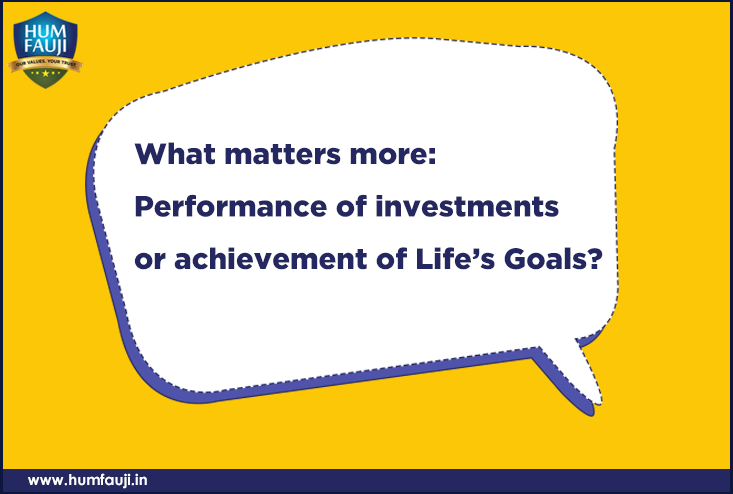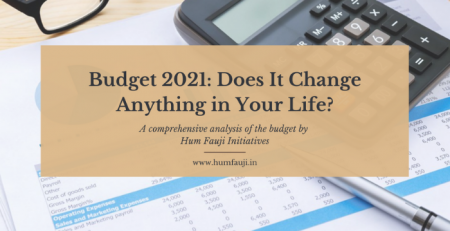There is no doubt that accumulation of substantial wealth generally occurs only over a sustained period of time. The best way to do it is the slow and steady manner in which your earning child needs to go the disciplined way and accumulate the drops that will make the mighty ocean. All this is, however, common knowledge – no points for guessing the same. But the point where the script differs is what financial instruments to save in? Believe it or not, it has been statistically proven time and again that it is not the timing of investments but the asset allocation – ie, what all do you invest in and in what proportion – which matters over a long period of time. Wrong choice of instruments will do irreparable damage to the wealth creation efforts while incorrect timings can easily be handled by regular investments in a disciplined manner over a long period of time to achieve rupee-cost averaging. Fixed interest instruments like bank / company FDs achieve this averaging by the method of ‘laddering’ where new FDs are bought every year and maturing older FDs are re-invested to create the ‘ladder’ effect. In case of equity instruments like the equity-diversified mutual funds, Systematic Investment Plans (SIPs) achieve the same effect of riding out the market fluctuations in the same manner as a flywheel rides out the engine torque variations in an automobile.
However, still the original question of correct asset allocation remains unanswered.
Generally it is seen that, at least in the initial earning years of an earning child, he/she is heavily dependent and influenced by his/her parents’ (generally father’s) pattern of investment. If the influencing parent is conservative and only goes in for safety of capital like in provident fund, bank FDs, insurance policies and NSCs, the child also thinks on similar lines. The fact that these fixed interest instruments are almost never able to keep up with the monster of inflation, and consequently provide negative inflation-adjusted real rates of return, is lost sight of. Thus, while the money may seem to be growing in these instruments in absolute terms, its purchasing power (or effective worth) is being lost at a rate equal to the difference between inflation and tax-adjusted returns of the investment instrument. To take an example – if a bank FD gives 9% rate of interest and the child is in 20% tax-bracket (ie earning between Rs 5 – 10 Lakhs a year), his/her actual returns on the FD are 9% minus 1.8% tax (20% of 9%), that is only 7.2% per year. With the consumer inflation stubbornly at around 9.5% today, the child’s money’s worth is being lost at the rate of 2.3% per year on a cumulative basis! The returns are likely to get further pruned in the current era of high-inflation and falling-interest-rates as this 2.3% gap widens. If the same money was to be invested in SIPs of equity-diversified mutual funds, the long-term returns of the same would be 12% per annum on a conservative basis while being fully tax-exempt as per the current tax laws. Adjusted against inflation, it is likely to give 3% positive cumulative yearly returns on a conservative basis. Of course, one has to keep faith in the long-term returns potential of equity while not getting unnerved by the short-term equity-typical fluctuations.
So finally, how should you, as a financially savvy parent, guide your earning child who has many years of savings potential with him/her? He/she should:-
- Save a small amount regularly in fixed-income instruments (like PPF or EPF) for safety and certainty of returns.
- Take a term insurance plan for getting a substantial amount of insurance (say, typically Rs 1 Crore or so) at a premium which will be meagre at his/her young age.
- Take a medical insurance preferably with life-time renewability, for an adequate amount unless he/she has the surety of employer-provided medical cover like in a Govt job.
- Go in for maximum amount of SIPs in equity-diversified mutual funds (MFs) on a monthly basis with long-term in mind. Investment in MFs should made through a carefully constructed balanced portfolio with regular monitoring rather than as stand-alone MFs bought just because they are individually performing the best today.
- At some point in future, typically 5-10 years after the child starts earning, you can tell him/her to go in for a house/flat using a home loan with EMIs on a regular step-up basis so that the loan repayment increases as the child’s income increases.
An investment pattern as above is likely to provide the child a substantial accumulation of wealth for future while still giving enough liquidity for any requirements in between.
And what should you tell him/her to avoid? Insurance as an investment vehicle; more than 20% of the regular savings potential into fixed income financial instruments; short-term trading in equity, commodities, futures & options etc unless the son/daughter really understands the same; and lastly, credit card debts which are not repayable in the very next payment cycle.
I am sure your son/daughter will be ever-grateful to you for this intelligent hand-holding and on your part, you would also not have to worry whether you guided him/her well on the financial front as well as you did on other aspects of life.
—
With regards,
Col (retd) Sanjeev Govila, CERTIFIED FINANCIAL PLANNERCM
CEO, Hum Fauji InitiativesTM,
Your Long-term Partner for Wealth Creation
E-511, 2nd Floor, Ramphal Chowk, Palam Extn, Sector 7, Dwarka, New Delhi-110077 | Tele: 9999 022 033, 011 – 4054 5977, 011 – 4214 7236 | humfauji.in
Subscribe to our blog for regular financial updates or follow us on | Facebook | Twitter | Linkedin














Leave a Reply